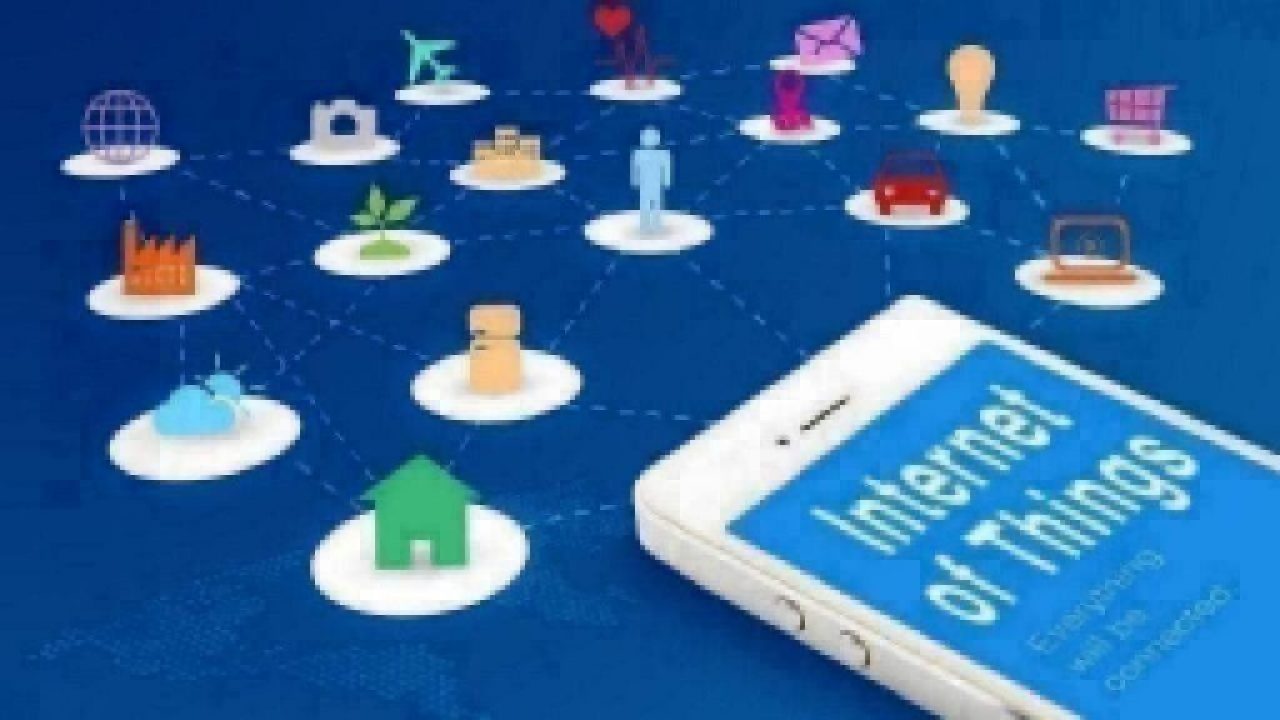IoT to be Key Revenue Driver
Article By : Dylan McGrath

The internet of things is the most important application for driving revenue this year, according to a survey conducted by consulting firm KPMG
The internet of things (IoT) is long past the stage of marketing hype and has been driving meaningful sales for semiconductor firms for more than two years. Now, it’s being seen as the key market for chip sales.
Leaders of semiconductor firms throughout the world ranked IoT as the most important application for driving revenue this year, according to a survey conducted by consulting firm KPMG.
Roughly two-thirds of the 149 semiconductor industry leaders who responded to the KPMG Global Semiconductor Industry Outlook survey ranked IoT as the top revenue-driving application over the next year. According to market research firm IDC, worldwide technology spending on IoT is expected to grow from about $745 billion this year to $1.2 trillion in 2022.
Wireless communications — which was the No. 1 revenue driver identified by respondents in the 2018 version of KPMG’s survey — slipped to second place in the 2019 survey. About 60% of survey respondents this year named wireless communications as a leading revenue driver for the chip industry, while 56% named AI among the leading applications.
“Smaller firms are increasingly the source of many promising developments in the semiconductor industry,” said Lincoln Clark, KPMG’s global semiconductor industry leader, in a press statement. “They are particularly vested in capitalizing on IoT and artificial intelligence.”
Clark added that the survey found that demand for talent to support innovation was seen as the greatest overall threat to meeting future growth. “This talent risk was particularly prominent in smaller companies, while larger companies were also equally concerned about being disrupted by emerging technologies,” he said.
Despite the current trade war, survey respondents also indicated that the U.S. and China are expected to remain the top revenue-generating markets for semiconductors over the next three years.
“Notwithstanding current trade actions, China’s electronics and telecommunications markets — a leading consumer of semiconductors — are still seen as a big buyer, and non-Chinese chipmakers are optimistic about continuing to sell to those markets in the foreseeable future,” Clark said.
Subscribe to Newsletter
Test Qr code text s ss


